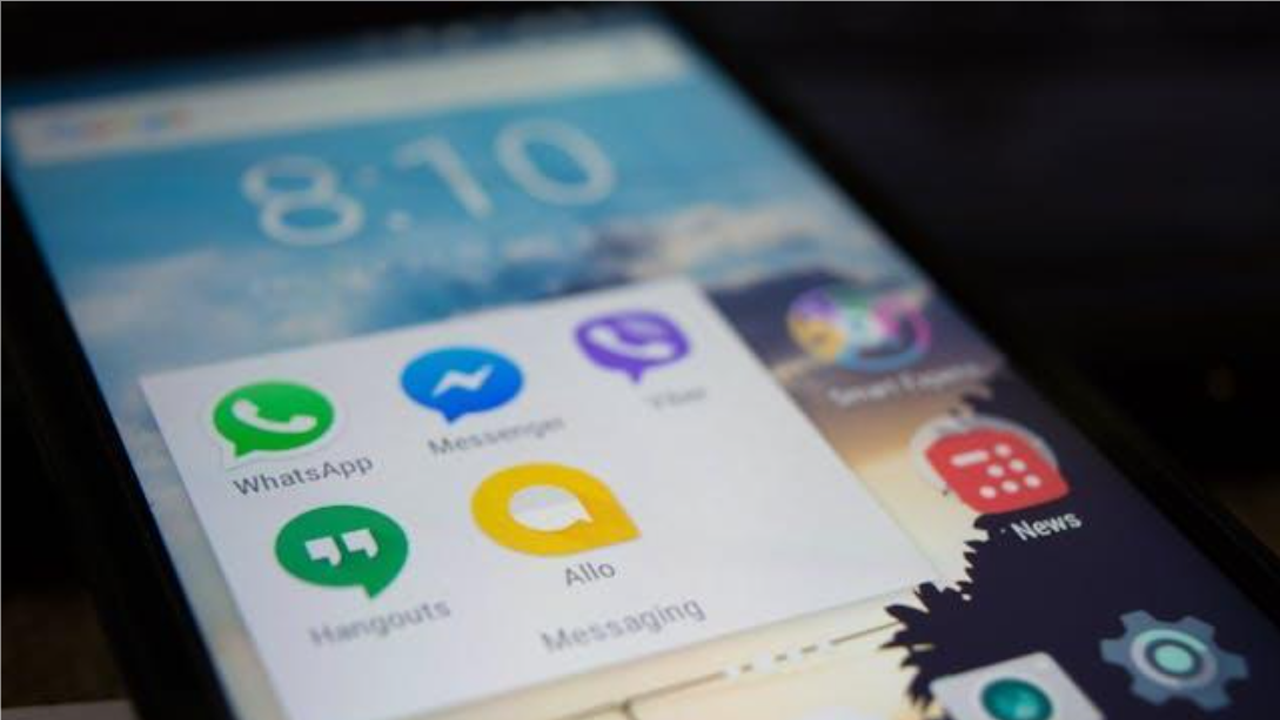More technology is available today for enhancing communication between teachers and students than ever before. It can be challenging to stay current with all these channels. A messaging app is one of the most useful channels for quick communication. Setting up school messengers means teachers can deliver and receive information, ask questions, and get quick responses. They can send out reminders, information about field trips, changes to schedules, and much more. These tools not only open up avenues for communication but help to build relationships between teachers and students.

Table of Contents
Messaging apps
The majority of students already use some kind of messaging app so they are familiar with the concept. Instant messaging between students is common. Over the past decade, there has been increasing use of messaging apps in secondary and higher education. By creating groups at various levels, teachers use them for group-level communication. For example, they can send out relevant assignments to different groups.
Students who have difficulty completing assignments may need the help of an essay writing service. They can pay EduBirdie to do assignment for them. Professional writers at this paper service have the education and experience to write top-quality papers. They will carefully follow the instructions they receive from students. The writers do the necessary research before writing the paper. Prices of paper are what students can easily afford. The essays students receive provide quality examples of academic writing they can learn from to create unique essays. With so much help available, students can focus on other equally useful things.
Setting up channels
Educational messaging platforms are all different and require different steps to set up channels. They also vary in the services they offer. What they have in common is that they offer instant communication at any time and from any place. Some messaging apps used in educational institutions include Bloomz, WhatsApp, Telegram, ClassDojo, and ClassTag.
Most students won’t have to learn how to use applications they already use on a regular basis. For example, WhatsApp is a popular messaging platform. It has over two billion active monthly users in many different countries. It can be helpful not only in administration in educational institutions but also in learning.
WhatsApp’s business API integration enables users to digitize many key processes at an affordable cost. Educational organizations of any size benefit from this. The app may not have been designed for educational use and it is important to establish rules for use. Yet, it is proving to be very useful in educational environments.
A high percentage of teachers create WhatsApp groups for the specific development of a topic or subject. Some groups may be created on the initiative of students. They use them to share information about their studies. These include important dates, exams, and materials. The app is also being used as a support tool for coursework and tutoring.
Telegram is instant messaging software. It is also free to use and straightforward to set up. It offers different features for different communication types and group chats.
It is easy to create a broadcast channel using a platform like Facebook Messenger. Everyone who joins a broadcast channel reads and reacts to messages. Those who create a channel are automatically the admin of that channel. All someone has to do to create a channel is to go to their page profile. Then choose Channels in the menu under the profile picture. From there they can create a channel, enter a name, and add an optional image. Sending a message in the broadcast channel notifies followers to join the channel.

Benefits of using a messaging app
Messaging apps have many benefits for educational institutions. They offer various administrative benefits.
Applications and registrations
Higher education institutions can use a messaging app to keep applicants up to date with the status of their applications. They can ask for missing information and schedule interviews. Allowing students to submit information and document copies via conversation with a chatbot simplifies the registration process.
Scheduling
Scheduling is a big headache for educational institutions. Using a messaging app provides a way to share course schedules. It provides instant updates on any changes. Students are more likely to check instant messages than emails.
Announcements and notifications
Teachers and students can use a messaging app to inform students about social events and academic events. Some of these are new courses or workshops.
Extracurricular activities and clubs
Teachers can use group chat notifications to remind or inform students about extracurricular activities. They can arrange club meetings and help create a sense of community.
Accessibility to learning materials
Teachers and professors can use official course/class chats to make learning materials accessible.
Teacher-student messenger channels offer benefits that go beyond administration. They help to create safe spaces for students to express themselves. Digital classroom communication can help to support students in the learning process. Group chats can help to establish a culture of teamwork and encourage collaboration. They can promote cohesion and a sense of belonging in a class group.
Conclusion
Messaging apps offer numerous benefits to both teachers and students. For communication channels education can be the perfect setting. They can assist teachers in handling administration so they can focus more on teaching. Students can get immediate answers to questions. This way, they experience more motivation, autonomy, and confidence. Messaging apps also improve accessibility to teachers and promote learning inside and outside of the classroom.
